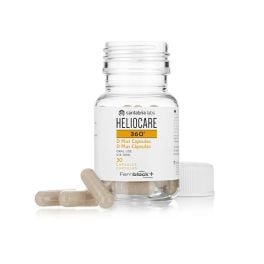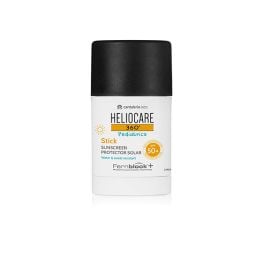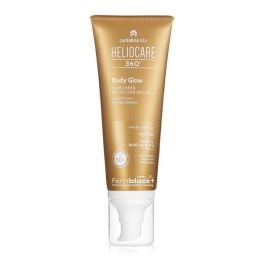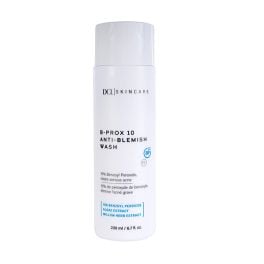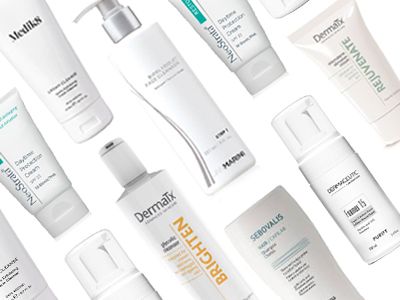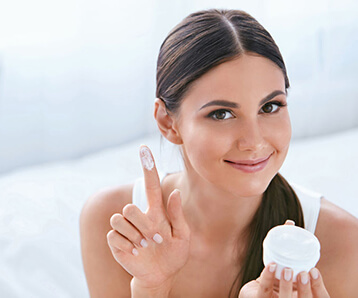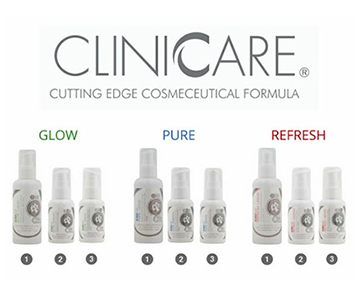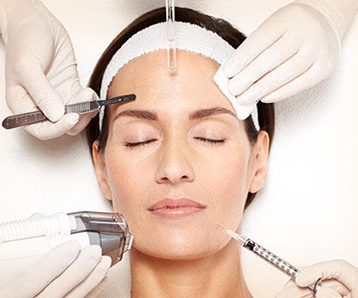What are Hydroxy Acids? Which ones right for me?
Unfortunately, your skin can look a bit worse for wear after the summer as it is exposed to strong sun and other summer-related environmental factors.
To address those summer setbacks, I suggest using products containing alpha hydroxy acids (AHA’s), which will help to exfoliate, rejuvenate, clear and smooth the skin, as well as reduce fine lines and even out skin tone.
So you may ask what are AHA'S…
Alpha Hydroxy Acids or AHAs, are fruit acids and the most common examples are lactic, glycolic and mandelic acids.
Lactic acid is found in milk, glycolic acid can be sourced from sugar cane and mandelic acid is derived from almonds.
Recognised as the best performing AHA due to its small molecular size, so it can penetrate the skin fastest and deepest.
Studies show that because it penetrates the deepest, glycolic acid is the most effective at stimulating collagen production which makes this ideal for sun-damaged skin, ageing & mature skin.
I would say that it is not well tolerated by everybody, especially sensitive skin types. The best way to introduce glycolic acid is slowly, and you may experience tingling or flaking initially as you skin starts getting used to it.
Like glycolic acid, lactic acid exfoliates and increases moisture in the skin, and also increases hyaluronic acid levels in the skin.
Because lactic acid is made up of larger molecules, it is more gentle and less irritating than other acids, so it is ideal for sensitive and drier skin types.
Mandelic Acid is far less common than the above acids in cosmetic products. However it still offers the same benefits of exfoliation.
Mandelic acid is oil-soluble and has added anti-bacterial properties which helps to kill acne bacteria.
I would suggest using salicylic acid (Beta Hydroxy Acid, or BHA) when it comes to treating acne & oily skin types, but if you have acne as well as very sensitive skin, go for products containing mandelic acid.
My advice when using AHA's is to increase the percentage strength slowly, so don't start off on a high percentage of glycolic in your products to begin with. Maybe start with a 4%, then progress to 8%, then up to a 15%.
Also if you are using more than one product containing AHA's, introduce them slowly. It is not advisable to start using 2 or 3 products that contain AHA's all at once as this may cause irritation.
As I stated previously, when using AHA’s, you may experience initial irritation, dryness, flaking, purging and tingling which is normal in general. However, if you do experience burning and redness, discontinue using the product and contact your skin care advisor.
It is also worth noting that glycolic, lactic & mandelic acids can be used during pregnancy.
Andrea













